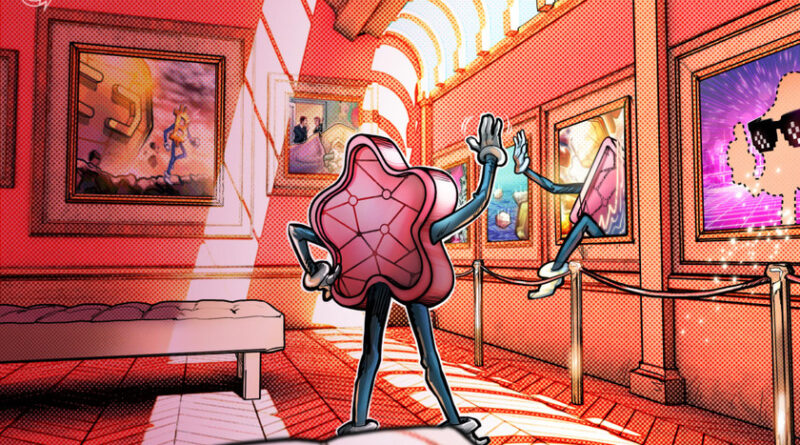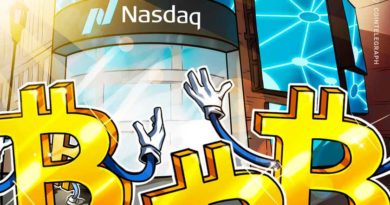Spatial digital art exhibitions to level up metaverse experiences
Art curators are “unframing” contemporary art to create interactive experiences for metaverse goers that more closely emulate IRL experiences.
In Decentraland’s third annual Metaverse Art Week held on Aug. 24–28, curators turned to new ways to utilize digital space to bring more interactive and true-to-life experiences of art.
The metaverse world modeled its latest virtual festival after the real-life Biennale art event, which utilizes public space to display art. Visitors to the in-real-life (IRL) festival can walk around spacious pavilions and working parts of the city to engage with artists and brands outside of traditional gallery walls.
Giovanna Graziosi Casimiro, the events and community producer for Decentraland, commented to Cointelegraph on this year’s design concept.
“The core value of this year’s art week is to unframe the art in spatial experiences. For that, what we did is to repurpose public space in Decentraland.”
In the digital world, art galleries and exhibitions aren’t new. Digital nonfungible token (NFT) art galleries have been implemented by companies like Spatial, and traditional art houses like Sotheby’s are active in hosting NFT art events.

In Decentraland alone, there are six major art galleries hosted by big-name NFT marketplaces such as Rarible, SuperRare and KnownOrigin.
What makes this event different is the way in which visitors interact with the art. Decentraland expects sizable engagement based on metrics from past events such as Metaverse Fashion Week, which saw 108,000 unique visitors, according to the foundation.
The quality of metaverse events and avatars is a major discussion in the industry after feedback regarding quality in events like Metaverse Fashion Week. Mark Zuckerberg of Meta was recently met with criticism over the quality of avatars available in its new digital experiences.
Casimiro said this is a top priority for the Decentraland team in developing these events:
“Our team really worked hard in bringing new mechanics to Decentraland so that a lot of those art installations have an unedited interaction.”
This can be seen in action through Opensea’s infinite gallery, where users can stand in an interactive hall of endless moving art. According to the team, the employment of such a mechanic in its metaverse is a first and the community will be able to use it in the repository.
As engaging as digital art design can be, for new users, accessibility is still an issue. Across the industry experts highlight education as a key factor to break down barriers to entry.
Casimiro told Cointelegraph that creating accessibility and educational components to digital events is critical to keep users engaged.
“In the long term we need to always come out of the metaverse with actual knowledge. I am a big believer that we need to use the metaverse as an instrument of communicating knowledge and making it accessible to people.”
Interactive art galleries, poetry readings and digital performances are the next frontier in metaverse engagement. In July, metaverse infrastructure company Condense released new technology to live stream IRL events into the digital world.




